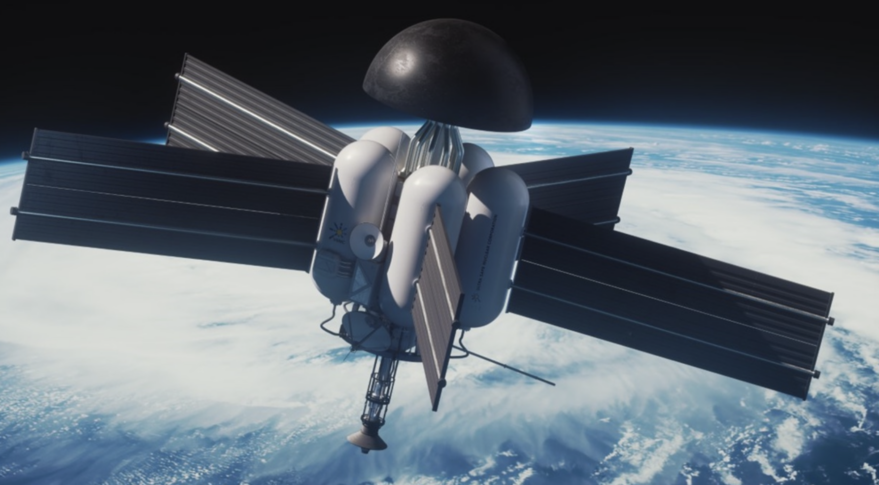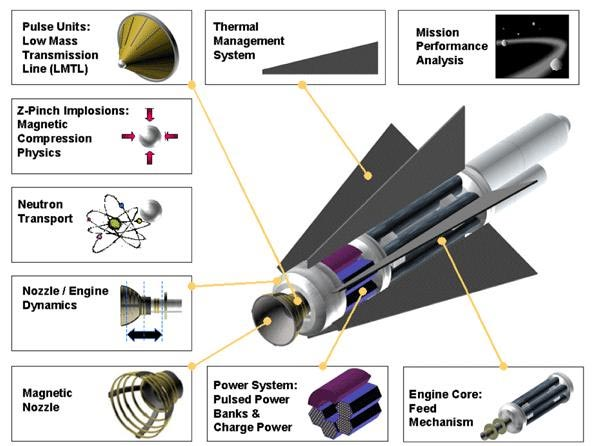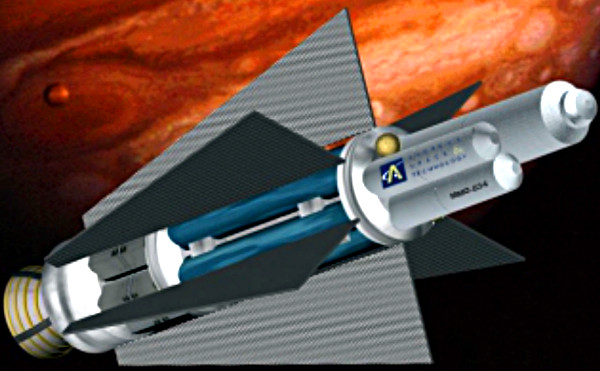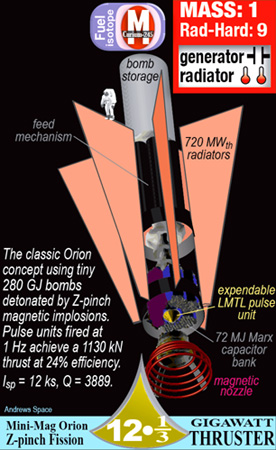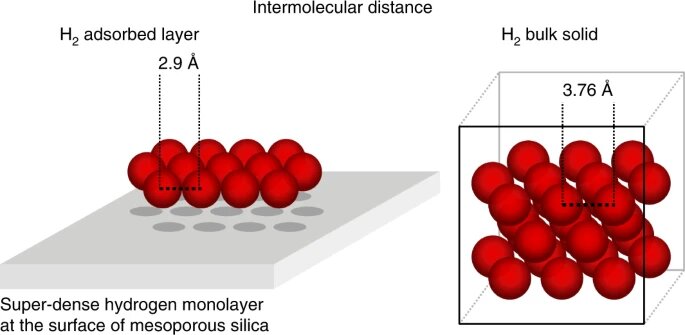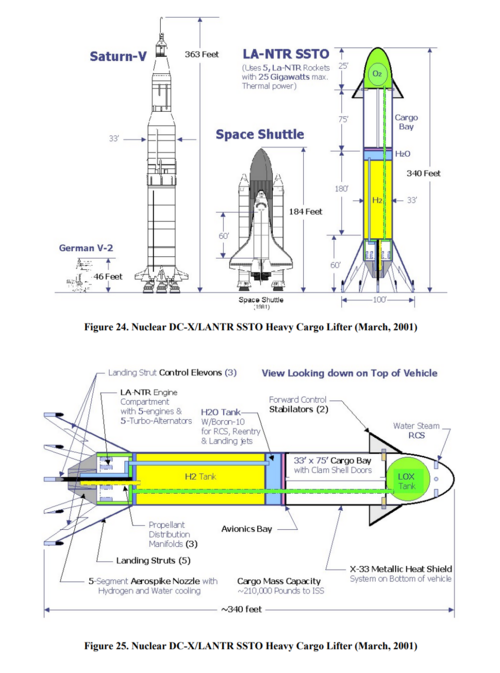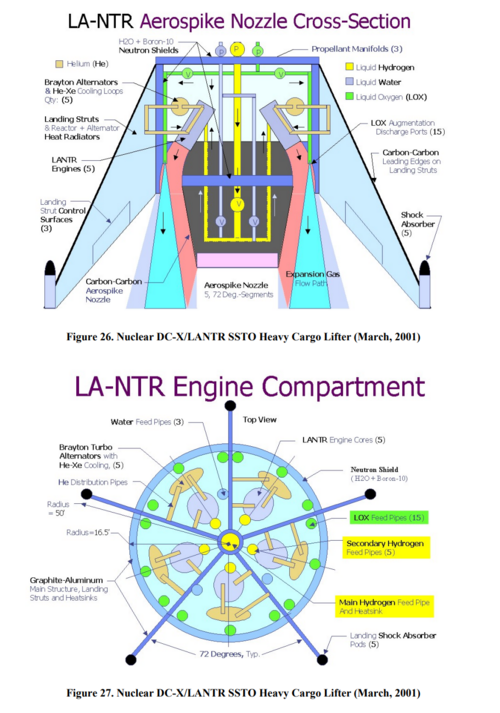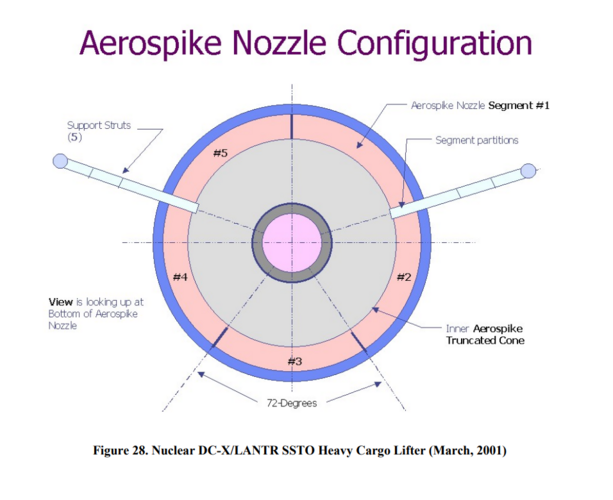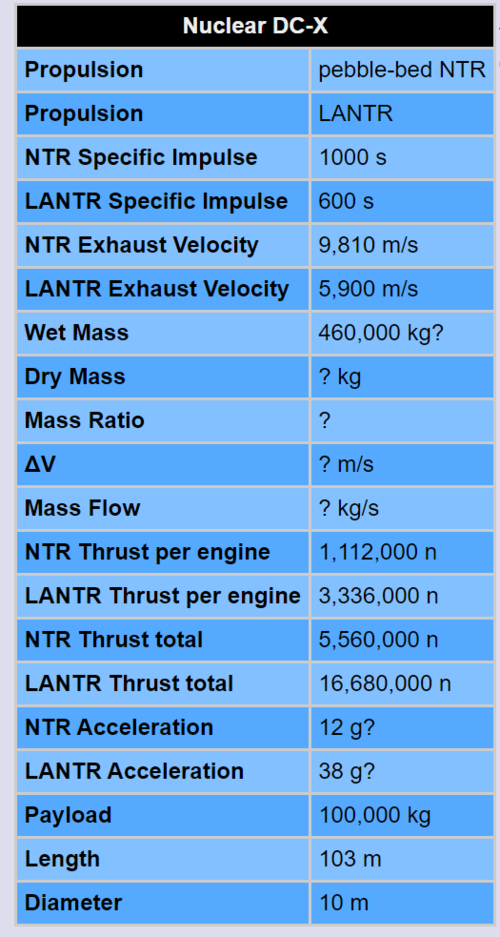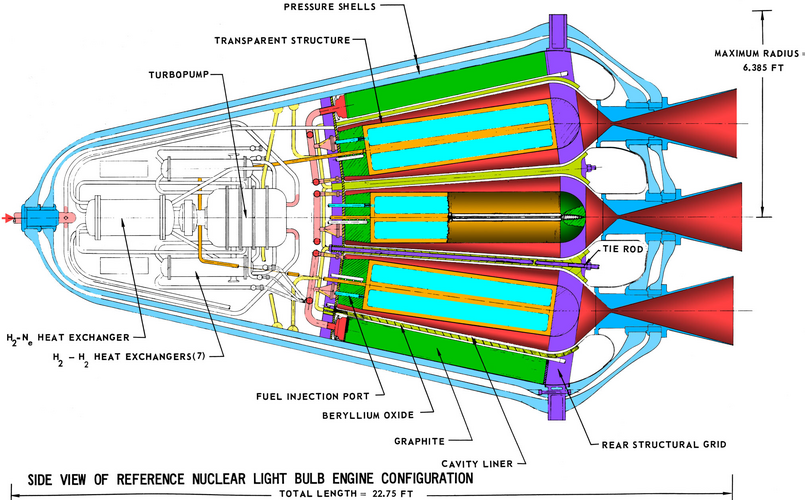X-39
To post or not to post, that is the question
- Joined
- 20 February 2021
- Messages
- 382
- Reaction score
- 928
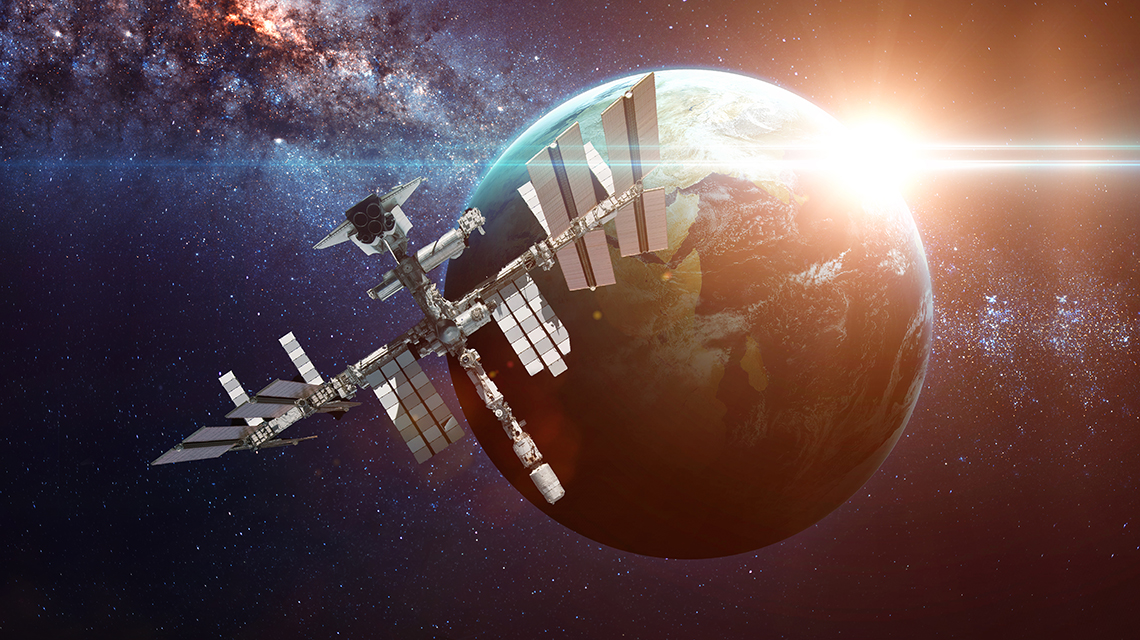
Nuclear Technology Set to Propel and Power Future Space Missions, IAEA Panel Says
Humanity is poised to embark on a new age of space travel to Mars, our solar system and beyond as nuclear power and related technologies promise to make interplanetary missions faster, more efficient and economical. These were the conclusions of a panel of international experts from the public...
Nuclear Technology Set to Propel and Power Future Space Missions, IAEA Panel Says
Wolfgang Picot, IAEA Office of Public Information and Communication
Feb 18 2022
Humanity is poised to embark on a new age of space travel to Mars, our solar system and beyond as nuclear power and related technologies promise to make interplanetary missions faster, more efficient and economical. These were the conclusions of a panel of international experts from the public and private sectors at this week’s IAEA webinar, “Atoms for Space: Nuclear Systems for Space Exploration”.
Advances in both nuclear fission and fusion will be indispensable for deep-space travel, they agreed, also highlighting that nuclear energy could supply electricity for onboard systems and instrumentation, and power a sustained human presence on celestial bodies in the solar system[...]
[...]Rockets lifting off from Earth will depend on chemical fuels for the foreseeable future. However, once in orbit, nuclear engines could take over and provide propulsion to accelerate spacecraft through space.
“Crewed interplanetary missions of the future will almost certainly require propulsion systems with performance levels greatly exceeding that of today’s best chemical engines,” said William Emrich, former Lead Project Engineer at NASA, adding that a solid candidate to be used for space travel is nuclear thermal propulsion (NTP).
In NTP, a nuclear fission reactor heats up a liquid propellant, like hydrogen. The heat converts the liquid into a gas, which expands through a nozzle to provide thrust and propel a spacecraft. The advantages of NTP are that space flights would need to lift less fuel into space, and NTP engines would reduce trip times – cutting travel time to Mars by up to 25 per cent compared traditional chemical rockets. Reduced time in space also reduces astronauts’ exposure to cosmic radiation.
Nuclear electric propulsion (NEP), on the other hand, is an option in which the thrust is provided by converting the thermal energy from a nuclear reactor into electrical energy, eliminating the associated NTP needs and limitations of storing propellants onboard. In NEP, the thrust is lower but continuous, and the fuel efficiency far greater, resulting in a higher speed and potentially over 60 per cent reduction in transit time to Mars compared to traditional chemical rockets.
An NEP system being developed by Ad Astra Rocket Company, the Variable Specific Impulse Magnetoplasma Rocket (VASIMR), is a plasma rocket in which electric fields heat and accelerate a propellant, forming a plasma, and magnetic fields direct the plasma in the proper direction as it is ejected from the engine, creating thrust for the spacecraft. Unlike traditional NEP, the VASIMR design would enable the processing of large amounts of power while retaining the high fuel efficiency that characterizes electric rockets.[...]
[...]“In the near term, we envision the VASIMR engine supporting a wide array of high-power applications from solar electric in cislunar space, to nuclear-electric in interplanetary space,” said Franklin Chang Díaz, CEO of Ad Astra Rocket Company. “On a longer term, the VASIMR could be a precursor to future fusion rockets still in the conceptual stage,” he added.

